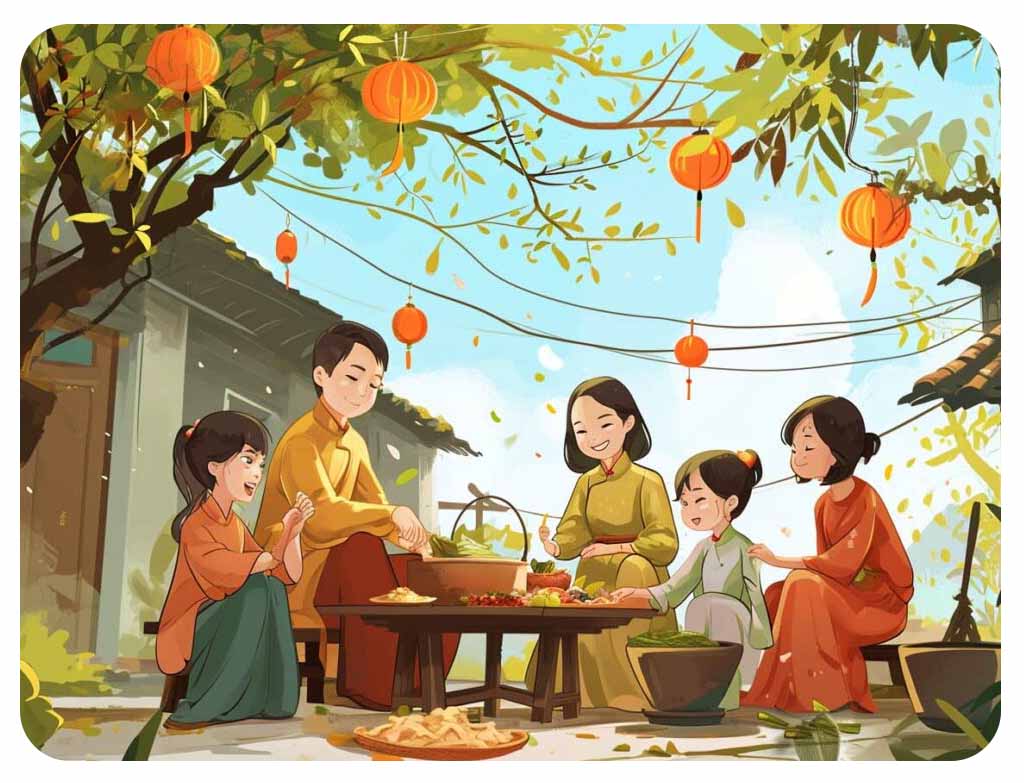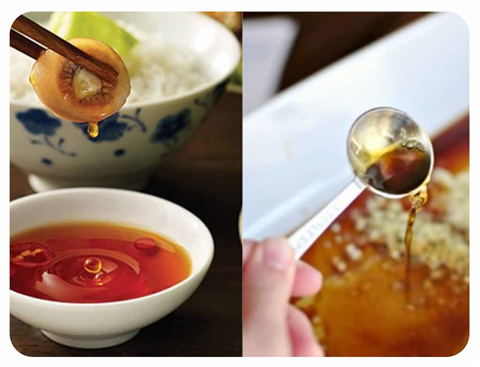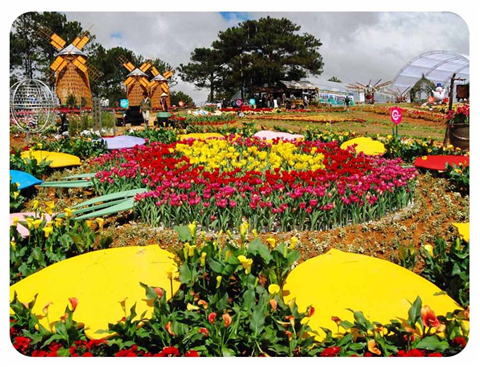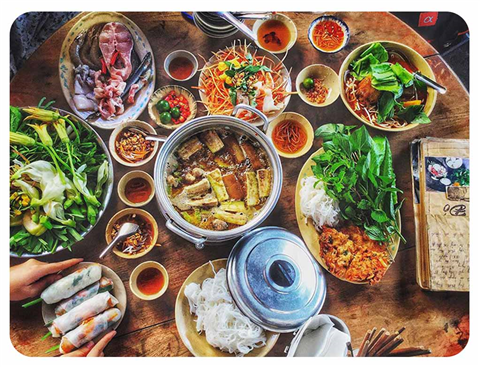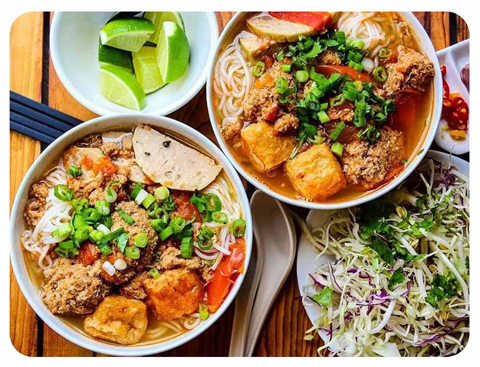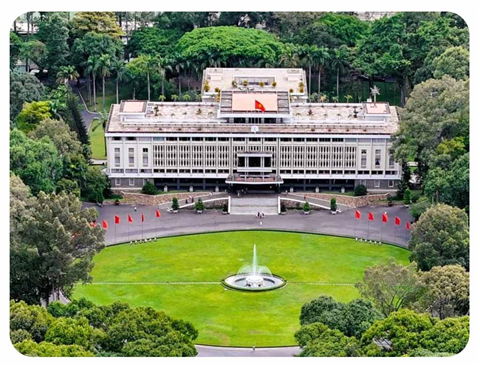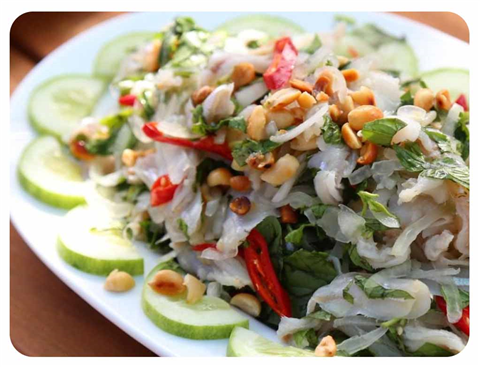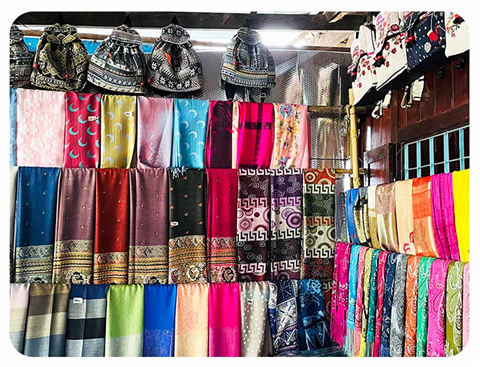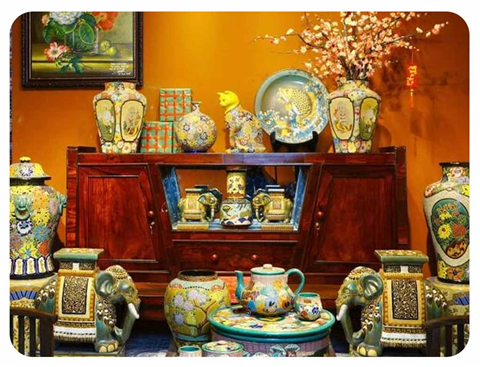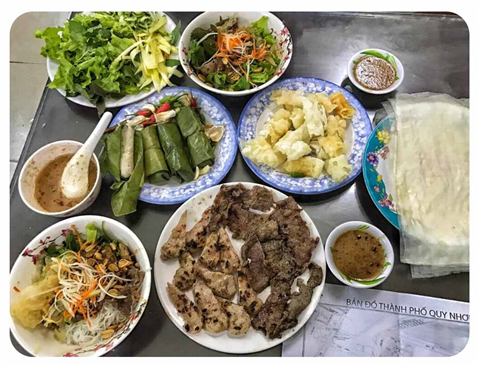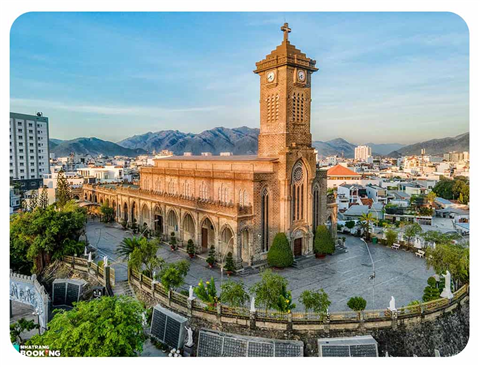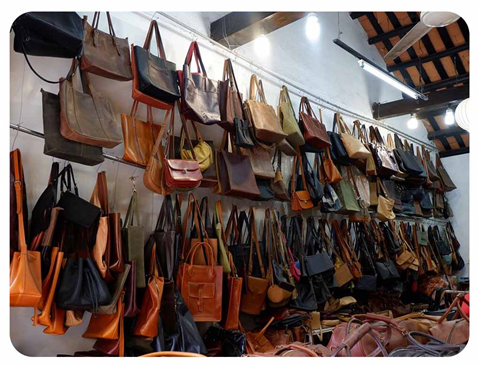Vietnamese Lunar New Year: A Time of Tradition and Joy
Introduction
The Vietnamese Lunar New Year, known as Tết Nguyên Đán or simply Tết, is the most significant celebration in Vietnam. It marks the arrival of spring based on the lunar calendar and is a time for family reunions, honoring ancestors, and welcoming a prosperous new year.
The Origins of Vietnamese Lunar New Year
1. Historical Background
The roots of Tết trace back to ancient agricultural practices. Farmers celebrated the end of the harvest season and expressed gratitude to deities for a fruitful year.
2. Lunar Calendar Significance
Tết follows the lunar calendar, typically falling between late January and mid-February. Each year corresponds to a zodiac animal, influencing the year's fortune and characteristics.
Key Traditions of Vietnamese Lunar New Year
1. Preparations for Tết
- Cleaning the House: Symbolizes removing bad luck and welcoming new blessings.
- Buying Flowers and Trees: Popular choices include peach blossoms, kumquat trees, and marigolds, which represent prosperity and happiness.
- Cooking Traditional Dishes: Families prepare bánh chưng, bánh tét, pickled vegetables, and more.
2. Celebrating with Family
- Reunion Dinners: A time for extended families to gather, share meals, and strengthen bonds.
- Ancestor Worship: Offerings are made at family altars to honor ancestors and seek their blessings.
3. Customs and Beliefs
- Red Envelopes (Lì Xì): Elders give money in red envelopes to children for good luck.
- First Visitor (Xông Đất): The first person to enter a house during Tết is believed to influence the family's fortune for the year.
Traditional Foods of Tết
1. Bánh Chưng and Bánh Tét
These sticky rice cakes, filled with pork and mung beans, symbolize gratitude to ancestors and the earth.
2. Pickled Vegetables (Dưa Hành)
A tangy accompaniment to balance the richness of other Tết dishes.
3. Candied Fruits (Mứt Tết)
Sweet treats like candied coconut, ginger, and kumquat signify sweetness and happiness for the new year.
Celebrations Across Vietnam
1. Northern Vietnam
In Hanoi and nearby regions, traditions emphasize ancestor worship and community gatherings. Peach blossoms and square bánh chưng are iconic.
2. Central Vietnam
Hue and Danang celebrate Tết with colorful dragon dances and Tet cakes like bánh tét wrapped in banana leaves.
3. Southern Vietnam
Ho Chi Minh City hosts vibrant flower markets and fireworks displays, with kumquat trees and yellow apricot blossoms taking center stage.
Modern Influences on Tết
In recent years, modernity has shaped Tết celebrations. While traditional customs remain, many families incorporate contemporary elements such as digital red envelopes and simplified feasts to adapt to busy lifestyles.
Why Celebrate Vietnamese Lunar New Year?
1. Strengthen Family Bonds
Tết fosters unity and love among family members, bridging generational gaps.
2. Preserve Cultural Heritage
The celebration of Tết ensures the continuation of Vietnam's rich traditions and values.
3. A Fresh Start
Tết offers an opportunity to reflect on the past year, set intentions, and embrace new beginnings with optimism.
Vietnamese Lunar New Year is a celebration of culture, family, and hope. From its rich traditions to vibrant festivities, Tết encapsulates the spirit of Vietnam. Whether you are a local or a visitor, experiencing Tết is a journey into the heart of Vietnamese heritage.
Make this Tết memorable by embracing its customs and welcoming the year with joy and prosperity!

